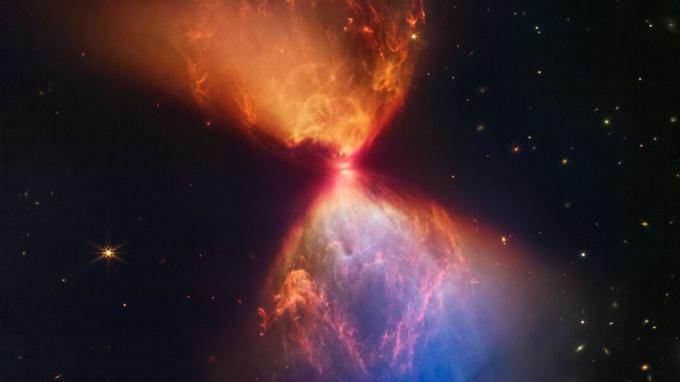It was recently sighted by the Space Telescope James Webb, the birth of a new star that ended up causing a cosmic mess. The young star was found hidden behind the neck of a black, hourglass-shaped cloud filled with gas and dust. There was also a black line, which was recognized as a protoplanetary disk right in the center of this dark cloud.
Read more: Chances of extraterrestrial life decrease; see NASA's new discovery
see more
Astrology and genius: THESE are the 4 most brilliant signs of…
iPhones that didn't succeed: 5 launches rejected by the public!
In the future, this gas and dust – together – could form a new planet, whose size could reach the same as our solar system. The light emitted by the star is what illuminated the disk, according to the press release.
This protostar has a long way to go before it actually becomes one.
L1527, as it was named, along with the cloud found are only approximately 100,000 years old. Although this age means a lot to us, when it comes to space and compared to the Sun, which is already about 4.6 billion years old, the star is still very young. It is noteworthy that blue and orange clouds were also found, which create a cavity as the disk moves away from the protostar.

This is also information given to the press.
The colors shiny from the cloud are only visible withuse of infrared light, but were captured for the camera in infra-red next to the Webb or NIRCam. For this reason, the telescope is so important for observing outer space, given the interest in finding new stars and planets.
“Shocks and turbulence inhibit Thetraining of new stars, that otherwise would form along the cloud. As a result, the protostar dominates space.,leadingbigpartofmaterialforyes," the statement said.
The Webb telescope was created from a partnership between NASA,TheAgency European Space Agency and the Canadian Space Agency in July this year. Recently it has also been used to observe the stars in a more detailed way.
Lover of movies and series and everything that involves cinema. An active curious on the networks, always connected to information about the web.
